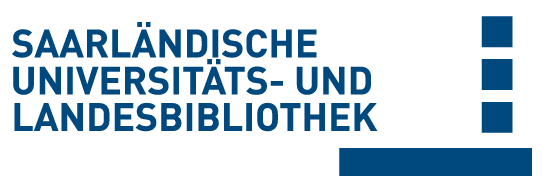Please use this identifier to cite or link to this item:
doi:10.22028/D291-45524 | Title: | SURWEY real-world study of solriamfetol: initiation, titration, safety, efficacy, and follow-up experience for patients with obstructive sleep apnea in Germany |
| Author(s): | Winter, Yaroslav Mayer, Geert Benes, Heike Burghaus, Lothar Floam, Samantha Parks, Gregory S. Kallweit, Ulf |
| Language: | English |
| Title: | Sleep & Breathing |
| Volume: | 29 |
| Issue: | 1 |
| Publisher/Platform: | Springer Nature |
| Year of Publication: | 2025 |
| Free key words: | Obstructive sleep apnea Excessive daytime sleepiness Europe Germany Solriamfetol Real-world evidence |
| DDC notations: | 610 Medicine and health |
| Publikation type: | Journal Article |
| Abstract: | Purpose Solriamfetol is approved for use in the European Union to treat excessive daytime sleepiness (EDS) associated with obstructive sleep apnea (OSA). SURWEY characterized real-world evidence regarding physician initiation and titration strategies and patient experiences with solriamfetol. We report SURWEY data for patients with OSA and EDS in Germany (N=83). Methods SURWEY was a retrospective chart review conducted among physicians in Germany. Eligible patients were age ≥ 18 years who reached a stable solriamfetol dose and completed ≥ 6 weeks of treatment. Patients were grouped by solri amfetol initiation strategy: changeover, add-on, new-to-therapy. Results Patients’ mean (SD) age was 49 (14) years. New-to-therapy was the most common initiation strategy. Solriamfetol was initiated at 37.5 mg/day in most patients (n=57, 69%) and titrated in 53 patients (64%); 30 (57%) completed titra tion within 2 weeks. In a post-hoc analysis, mean (SD) Epworth Sleepiness Scale (ESS) score was 16.0 (3.2) at baseline and decreased by 5.4 (3.6) at final follow-up (~ 16 weeks; p<.001). Improvement in patient- and physician-rated EDS was reported by ~ 90% of patients. Most patients (55%) reported effects of solriamfetol lasting ≥ 8 h; 91% of patients reported no change in nighttime sleep quality. The most frequent adverse events were headache (8%), decreased appetite (7%), and insomnia (6%). Conclusion Most patients in this study were new to therapy. Solriamfetol was typically initiated at 37.5 mg/day; titration was common. ESS scores improved with solriamfetol treatment, and most patients self-reported improvement in EDS symptoms. Common adverse events were consistent with those reported in previous clinical trials. |
| DOI of the first publication: | 10.1007/s11325-025-03275-6 |
| URL of the first publication: | https://link.springer.com/article/10.1007/s11325-025-03275-6 |
| Link to this record: | urn:nbn:de:bsz:291--ds-455247 hdl:20.500.11880/40080 http://dx.doi.org/10.22028/D291-45524 |
| ISSN: | 1522-1709 1520-9512 |
| Date of registration: | 4-Jun-2025 |
| Faculty: | M - Medizinische Fakultät |
| Department: | M - Neurologie und Psychiatrie |
| Professorship: | M - Prof. Dr. Sergiu Groppa |
| Collections: | SciDok - Der Wissenschaftsserver der Universität des Saarlandes |
Files for this record:
| File | Description | Size | Format | |
|---|---|---|---|---|
| s11325-025-03275-6.pdf | 1,67 MB | Adobe PDF | View/Open |
This item is licensed under a Creative Commons License


